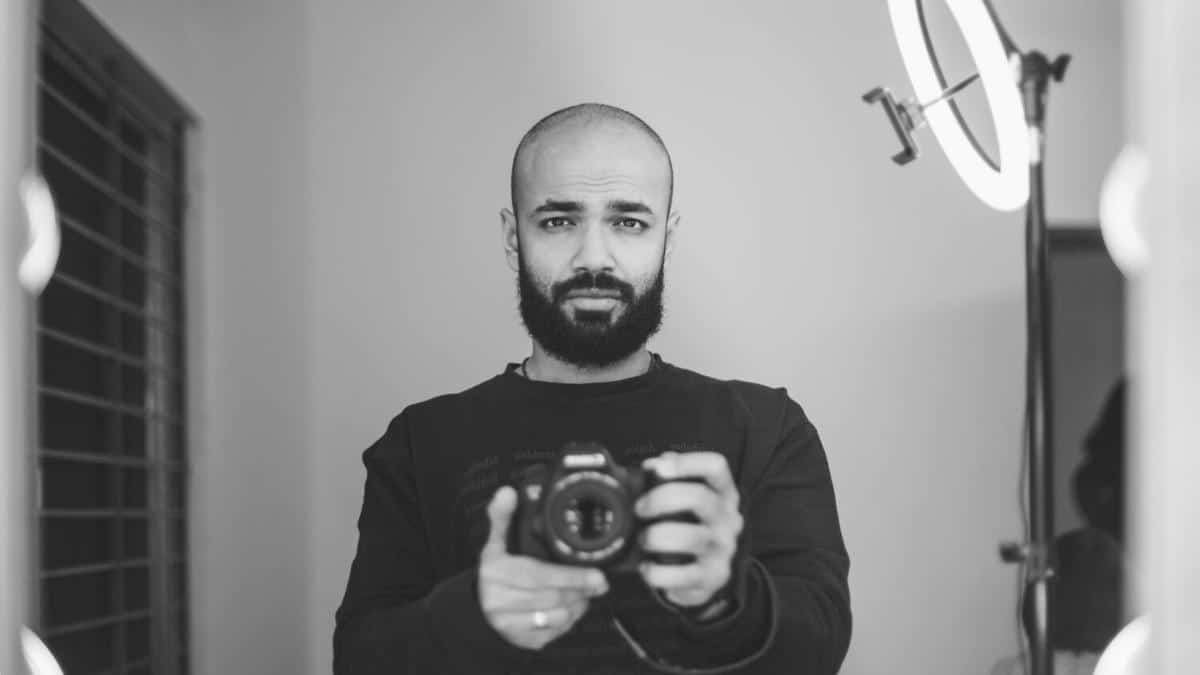
Retouching Portraits: Enhancing Natural Beauty
Retouching portraits is not about altering reality, but about enhancing the natural beauty that already exists. With the right techniques, photographers and editors can elevate a portrait while preserving its authenticity.
Understanding the Essence of Retouching
Retouching portraits is a nuanced art form that balances enhancement with authenticity. The goal is to bring out the subject’s natural beauty without overshadowing their unique features. According to renowned photographer Peter Hurley, “A well-retouched portrait maintains the essence of the person, showcasing their character rather than masking it.” This approach not only respects the subject but also resonates with viewers, creating more impactful images.
The Science Behind Retouching
Research suggests that subtle retouching can significantly influence perceptions. A study from the Journal of Vision highlighted that slight improvements in clarity and tone can enhance viewer engagement by up to 20%. This underscores the importance of mastering techniques that enhance natural beauty without crossing into artificiality.
Real World Examples
Consider the experience of Emma, a professional editor who learned through trial and error. Initially, her retouches were heavy-handed, leading to images that seemed “too perfect” and unrelatable. By focusing on minor adjustments, such as reducing blemishes while retaining skin texture, she found her portraits were more warmly received.
Actionable Tips for Effective Retouching
- Begin with a Light Touch: Start with minimal edits and gradually increase until the desired effect is achieved.
- Focus on Skin Texture: Use techniques like frequency separation to smooth skin while preserving natural texture.
- Enhance the Eyes: Brightening the eyes can add life to a portrait. Be careful to avoid an unnatural look.
- Stay True to Colors: Maintain natural skin tones and avoid over-saturation.
Always view your edits on multiple devices to ensure consistency across platforms.
Tools and Techniques
| Technique | Description |
|---|---|
| Frequency Separation | Separates texture and color for detailed skin work |
| Dodge & Burn | Enhances highlights and shadows for depth |
| Color Grading | Adjusts tones for mood and style |
| Liquify Tool | Subtle reshaping for symmetry |
| Clone Stamp | Removes unwanted elements |
| Healing Brush | Corrects blemishes naturally |
| Layer Masks | Non-destructive editing for precision |
| Adjustment Layers | Control exposure and contrast |
Frequently Asked Questions
How do I avoid over-editing?
Use a light hand and regularly refer back to the original image to maintain authenticity.
What are the best tools for skin retouching?
Frequency separation and the healing brush are highly effective for skin work.
How can I learn more about retouching?
Online tutorials, courses, and workshops are valuable resources for expanding your skills.
Conclusion
Retouching portraits is an art that requires both technical skill and a deep understanding of the subject’s essence. By focusing on enhancing natural beauty, you create images that are both authentic and captivating. Start with these tips and continue to refine your craft, inspiring both yourself and your audience.


